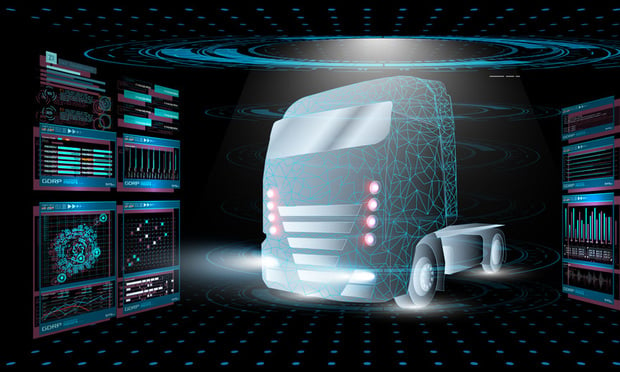 Not only do trucking companies that purchase the vehicles have to be insured for motor vehicle accidents, but they will also need to be insured for product liability claims. It also means that the manufacturer of the technology, the distributor or retailer of the vehicles and the software designers all will need to be prepared for lawsuits if an accident occurs. (Credit: ZinetroN/Shutterstock.com)
Not only do trucking companies that purchase the vehicles have to be insured for motor vehicle accidents, but they will also need to be insured for product liability claims. It also means that the manufacturer of the technology, the distributor or retailer of the vehicles and the software designers all will need to be prepared for lawsuits if an accident occurs. (Credit: ZinetroN/Shutterstock.com)
The world of transportation, like everything, continues moving forward. You've read about the insurance risks for self-driving cars. Are the insurance risks different for autonomous trucking vehicles? As these new and evolving vehicles continue to push the boundaries of what the transportation industry looks like, what will that mean for the laws that govern our operation of motor vehicles?
Recommended For You
Want to continue reading?
Become a Free PropertyCasualty360 Digital Reader
Your access to unlimited PropertyCasualty360 content isn’t changing.
Once you are an ALM digital member, you’ll receive:
- Breaking insurance news and analysis, on-site and via our newsletters and custom alerts
- Weekly Insurance Speak podcast featuring exclusive interviews with industry leaders
- Educational webcasts, white papers, and ebooks from industry thought leaders
- Critical converage of the employee benefits and financial advisory markets on our other ALM sites, BenefitsPRO and ThinkAdvisor
Already have an account? Sign In Now
© Touchpoint Markets, All Rights Reserved. Request academic re-use from www.copyright.com. All other uses, submit a request to [email protected]. For more inforrmation visit Asset & Logo Licensing.







